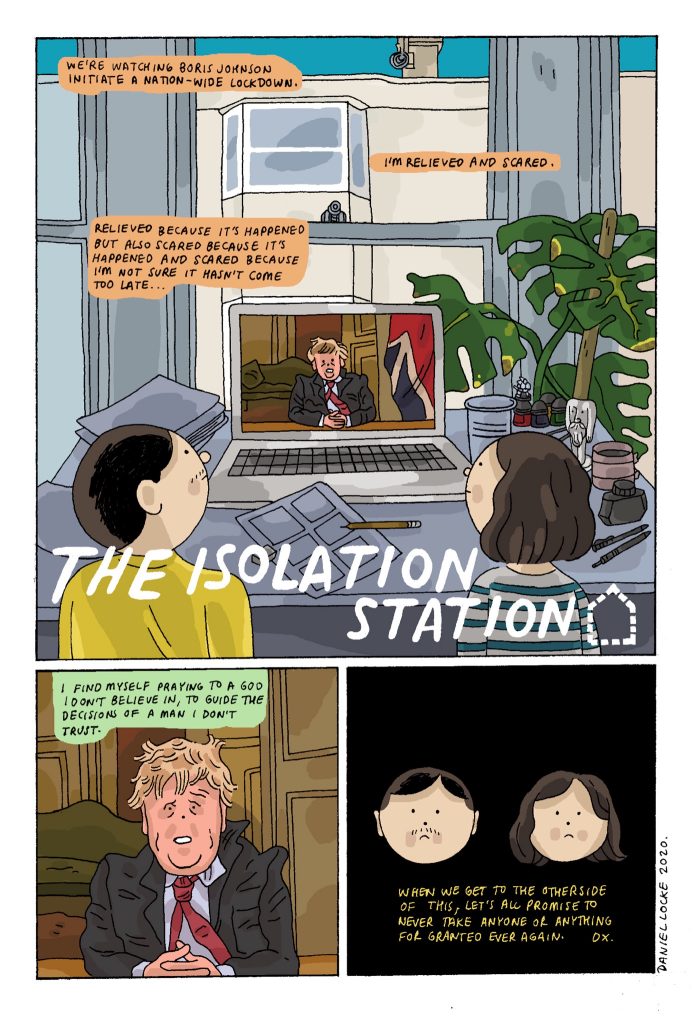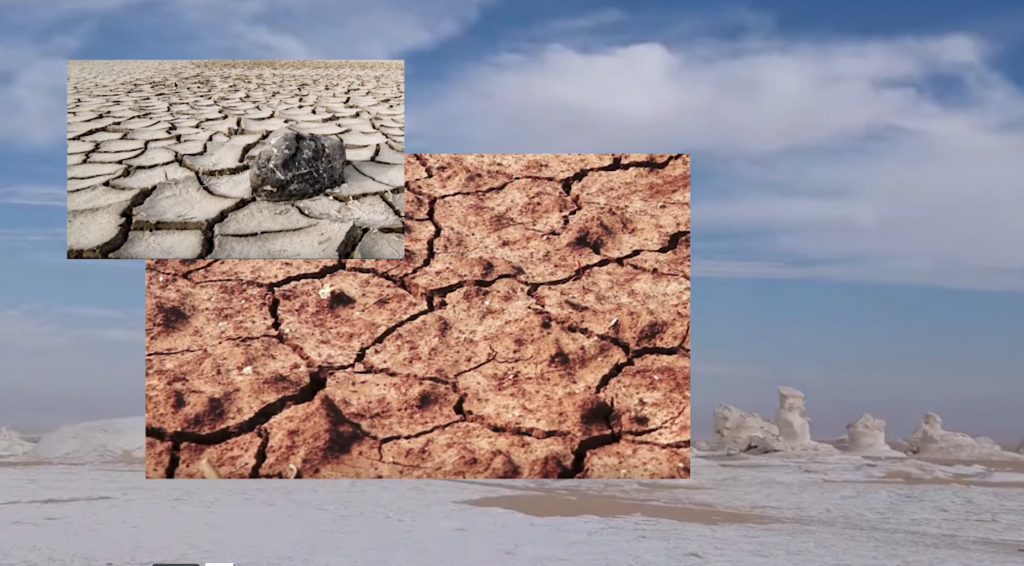I started using an AI to create imagery which mashes together images by multiple authors to produce endless variations through infinite combinations. Creating hybrid visions of chimeras, phantasms and abstractions, the AI uses a biological labelling system for it’s creative process – you can ‘edit genes’ and crossbreed, as well as view the family tree of image histories and relationships. Computation strives for biological variety.
These images are difficult to identify and label, to me they look organic – like many different lifeforms mixed together. I am interested in organisms which sit outside our usual frames of reference, or that which are difficult to scientifically label. Much of life on earth hasn’t been discovered, let alone named, and I am interested in the limits of our human understanding through our technologies.
For this residency I would like to use several different viewpoints to categorise this imagery. I will do this in several ways – I will create a new pseudo-scienfic reference system, use multiple human subjects and an AI to describe them.
















